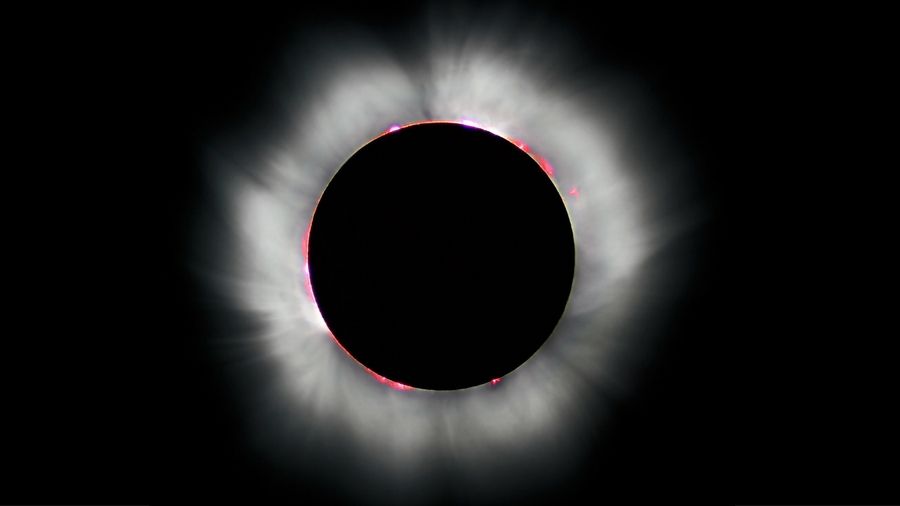 « Let me tell you why the Moon is an amazing place. It’s an amazing place, believe me. And we’re gonna go back there, to the Moon. » OK, so we’re probably not going to hear a JFK-style inspiring commitment from incoming President Trump about prioritising Moon bases or similar, but one thing is clear; the direction of space exploration is up for grabs. With a few milestone tests for SpaceX, 2017 is going to be a big year in the space industry, but there are plenty of landmark celestial events, too. The biggest one of all has to be the Great American Eclipse on August 21, when millions of people in the USA will drive north to witness two minutes of darkness in the day and a chance to gape in aw at the Sun’s icy white corona. Will Instagram survive?
« Let me tell you why the Moon is an amazing place. It’s an amazing place, believe me. And we’re gonna go back there, to the Moon. » OK, so we’re probably not going to hear a JFK-style inspiring commitment from incoming President Trump about prioritising Moon bases or similar, but one thing is clear; the direction of space exploration is up for grabs. With a few milestone tests for SpaceX, 2017 is going to be a big year in the space industry, but there are plenty of landmark celestial events, too. The biggest one of all has to be the Great American Eclipse on August 21, when millions of people in the USA will drive north to witness two minutes of darkness in the day and a chance to gape in aw at the Sun’s icy white corona. Will Instagram survive?
There are reasons to believe that President Trump is keeping an ambitious space project under his Make America Great Again hat, possibly for his inauguration speech on Friday, January 20, 2017. If Trump – who will appoint a new NASA Administrator during 2017 – decides to commit to returning to the Moon, it will mean an about-turn at NASA, which has been on its #JourneyToMars for the last few years. Would that leave Mars to be privately colonised by Elon Musk’s SpaceX ?
They call it the Ring of Fire eclipse. A quirk of nature means that while the Sun is 400 times larger in diameter than the Moon, it’s also 400 times further away, so both Sun and Moon appear to be exactly the same size in the sky. Hence a New Moon can eclipse the Sun and turn day into night for a few minutes However, on Sunday 26 February, 2017 at 14:58 Universal Time (GMT), the Moon will be at the furthest point from the Earth in its elliptical orbit, so will cover most, but not all, of the Sun, creating a Ring of Fire eclipse.
Total darkness doesn’t occur during an annular eclipse, and solar safety eclipse glasses must be worn. Oh, and you’ll need to be in Patagonia, Argentina or Angola to see it. There was one last September across Africa.
Humans making low-Earth orbit their permanent home is perhaps the greatest achievement of our generation, but the International Space Station often gets overlooked. The end of March will see the first of four ISS crew lift-offs in 2017 from the Baikonur Cosmodrome launch pad in Kazakhstan. There are few better space spectacles than the launch of a Soyuz MS-04 rocket. You can watch it all live on NASA TV , or visit the Baikonur Cosmodrome – the world’s first and busiest cosmodrome – for a mere US$4,500. High-def TV of Earth from the ISS is frequently available, and if you want to see the ISS speed across the sky from your back yard, NASA’s Spot The Station service is on hand.






